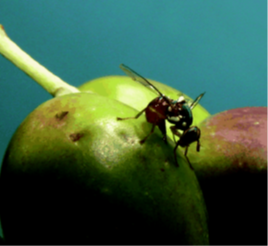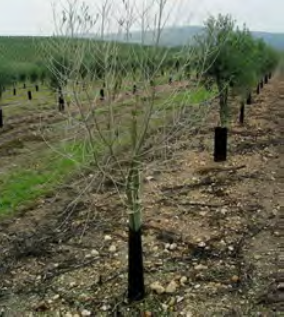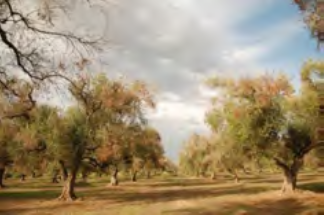02 Mar Olive Industry Biosecurity Awareness & Preparedness
Ref: https://www.planthealthaustralia.com.au/industries/olives/
The Australian Olive Association (AOA) represents the biosecurity interests of olive producers and the industry. They are members of Plant Health Australia and signatories to the Emergency Plant Pest Response Deed. AOA responsibilities include:
- biosecurity planning and implementation at the national and farm levels
- liaising with federal and state governments on trade issues
- funding and supporting biosecurity initiatives
- participating in national committees and response efforts in an emergency.
The National Management Group (NMG) is responsible for making key decisions on national biosecurity policy and resourcing in a response to an Incident under the EPPRD. The NMG comprises representatives from all Affected Parties for a particular Biosecurity Incident, who are authorised to bind that Party under the EPPRD, and PHA. The Olive Industry representative on the NMG is AOA CEO Greg Seymour.
The Consultative Committee on Emergency Plant Pests (CCEPP) is Australia’s key technical body for coordinating national responses to emergency plant pest (EPP) incursions (around 5 per month), and assessing the technical feasibility for their eradication. AOA’s representative on the CCEPP is Peter McFarlane.
Plant Pest Incursions of interest to the Australian Olive Industry
During 2019 there were 2 incursions of exotic pathogens of olives:
Pseudomonas savastanoi pv nerii detected on Nerium oleander (oleander) in WA in May 2019
The matter was resolved on 28/6/2019 with consensus by the CCEPP that ‘Pseudomonas savastanoi pv. nerii is not reasonably believed to be an EPP as defined by the EPPRD. This is because the pest is likely to have been present in Australia for some time with no evidence of significant economic impacts’.
Whilst Pseudomonas savastanoi pv nerii is not listed in the Olive Biosecurity Plan, the Australian olive industry already has a related serious bacterial disease – “olive knot” with the causal agent being Pseudomonas savastanoi pv. Savastanoi.
This disease is widespread in Australia and is being further spread through increased use of mechanical pruning and harvesting. In California the problem is exacerbated by resistance to copper-based sprays requiring the use of anti-biotic treatments, which are not approved by the Regulator in Australia.
Neofusicoccum parvum on Acradenia evodiiformis (native citrus) detected in Vic. in March 2019
Neofusicoccum parvum is not listed in the Olive Biosecurity Plan, however it is cited in the literature as a fungus associated with general olive decline (foliar browning and leaf drop) on olives in Puglia Italy.
The following related fungal species are listed as very low risk diseases of olives:
- Neofusicoccum mediterraneum – Shoot blight of olive
- Neofusicoccum vitifusiforme – Dupe rot of olives
Click on the above links and read on.
High priority exotic pests and diseases of olives
Are you able to recognise the following high priority exotic pests and diseases of olives in Australia, as detailed in the Biosecurity Plan for the Olive Industry?
| Common name | Scientific name | Image | EPPRD category |
| Olive fly | Bactrocera oleae |  |
Not yet categorised |
| Olive moth | Prays oleae |  |
Not yet categorised |
| Verticillium wilt | Verticillium dahliae (exotic defoliating strains) |  |
3 |
| Xylella fastidiosa | Xylella fastidiosa including X. fastidiosa subsp. multiplex and pauca |  |
2 |
Click on the common name links and read on.
